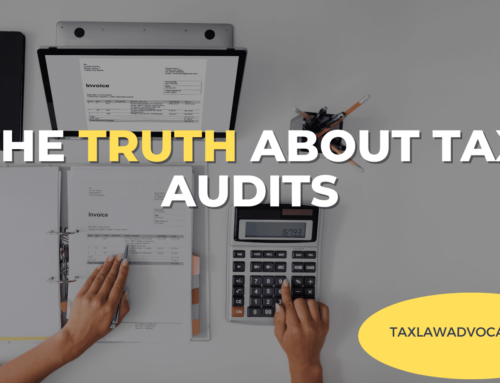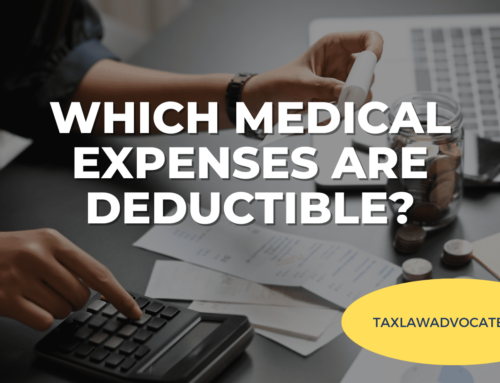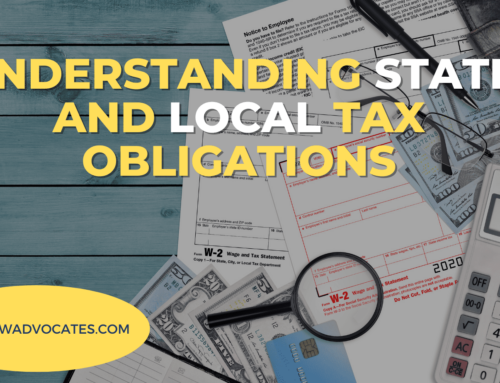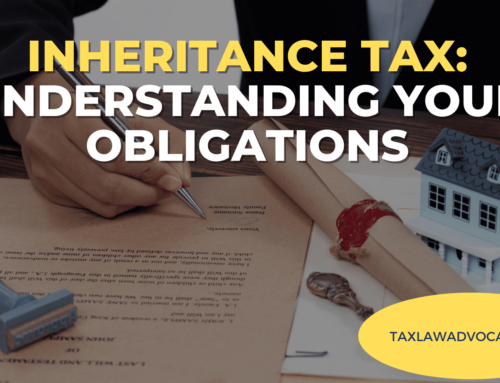Most people come into contact with a W-4 form, but not everyone recognizes how significant a role Form W-4 plays in their tax bill.
The W-4 Form (aka Employee’s Withholding Certificate)
Employees utilize the W-4 form, originally known as the “Employee’s Withholding Certificate,” to advise employers how much tax to withhold from each paycheck. In addition, employers use the W-4 to calculate and remit certain payroll taxes on behalf of employees to the IRS and the state.
If you fail to pay taxes to the IRS and have tax debt, you may qualify for IRS Debt Forgiveness or the Fresh Start Program.
Do I Have To Fill Out A New W-4 Each Year?
If you already have the form filed with your company, you do not need to fill out the new one. You don’t have to fill out a new W-4 each year, either. However, if you start a new job or wish to change your withholdings at an existing position, you’ll almost certainly need to complete a new W-4. In any case, it’s a good reason to go over your withholdings.
Employees might claim allowances on their W-4 form in the past to reduce the amount of federal income tax taken from their paychecks. Employers withheld less from employees’ paychecks if they claimed additional withholding allowances. The 2017 TCJA, on the other hand, changed a lot of tax laws, including eliminating personal exemptions. The IRS changed the W-4 form as a result of this.
Changes To The Form In 2020
The new W-4, which goes into effect in 2020, still requires basic biographical information but no longer includes a list of allowances. In addition, employees must now claim dependents or use a deductions worksheet to reduce their tax withholding.
By amending your W-4 at work, you may be eligible to have federal income tax withdrawn from your paychecks. However, Social Security and Medicare taxes will continue to be deducted from your paycheck.
However, you are usually only exempt from withholding tax if two conditions are met:
- Because you had no tax liability last year, you received a refund of all federal income tax withheld.
- This year, you have the exact expectations.
Filling Out the Form
Personal Details
Fill up your essential information and tax filing status.
Jobs
Follow the procedures below to receive more accurate withholding if you have multiple jobs or file jointly and your spouse works.
Dependents
Suppose your total income is less than $200,000. Then, you can multiply the number of children and dependents by the credit amount.
Refining
You can make a notation if you want more tax withheld or anticipate claiming deductions other than the standard ones.
Signing
Give the form to your company’s payroll or human resources
Understanding the Changes to the W-4
You fill out a W-4 form to ensure that your employer recoups the proper amount of income tax from your paychecks. Be sure to double-check your choices before submitting the form.
The amount of tax withheld from your paycheck is determined by filling out the Employee’s Withholding Certificate. Then, your company sends the money it withholds from your pay, along with your name and Social Security number, to the Internal Revenue Service.
How Withholdings Work
Your withholding taxes go towards paying your annual income tax obligations. That is why a W-4 form requests personal information like your Social Security number, address, and full name.
The W-4 overhaul and tax adjustments since the TCJA may be an excellent motivation to revisit the W-4 you filled out when you first started working for your company to determine if any changes are required.
Another incentive to double-check your W-4 is the possibility of discovering that you may have owed the IRS money.
Update your W-4 if you have had experienced a significant life change, such as getting married, getting divorced, having a child, or starting a side hustle.
Personal Allowances
The W-4 form for 2020 does away with the opportunity to claim personal allowances.
A Personal Allowances Worksheet was previously included with a W-4 to assist you in determining how many allowances to claim.
If you claim more allowances, your company will deduct less from your salary; if you claimed fewer allowances, your employer would withhold more. Exemptions claimed on tax forms are historically linked to allowances. Personal and dependent exemptions were eliminated due to the TCJA, even though the standard deduction was increased.
The new form is designed to make the process easier for both individuals and companies that withhold taxes. The new document now contains five sections to complete, as opposed to seven in the previous version.
If you claim exempt status on your Form W-4 when you aren’t eligible, you might expect a high tax bill and possible penalties when you do file your tax return. You may also be subjected to a hefty tax penalty if both of the following assertions are true:
- You had no valid reason for making those assertions when you filled out your W-4.
- On your W-4, you declare withholding allowances, which lower the amount of tax deducted from your paycheck.
Essential Reminders When Filling Out Your W-4
- A Form W-4 claiming withholding exemption will only be valid for the current calendar year in which it was submitted.
- Employees must submit a new Form W-4 claiming exempt status by February 15 of the following year to remain exempt from withholding.
- If you do not update your Form W-4 by February 15, as per IRS requirements, your tax withholding status will be changed to “single” with zero allowances until you file a new Form W-4.
- Failure to update your Form W-4 promptly may result in no tax refund.
- You must meet a set of conditions to do so on your Form W-4.
- You’ll need to file a new Form W-4 with your employer if you wish to discontinue tax withholding from your paycheck temporarily.
- If you expect a refund of all federal income tax withheld because you expect to have no tax due and had no tax liability the prior tax year, you can claim an exemption from federal withholdings.
- Declaring yourself free from federal tax withholding incorrectly can have profound implications. So, when filling out Form W-4, take your time and make sure you know if you may file a W-4 claiming exempt status.
Need help? Talk to a tax professional in California like Tax Law Advocates. Get a FREE consultation today.









